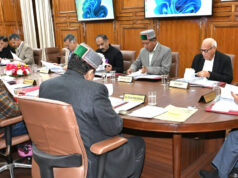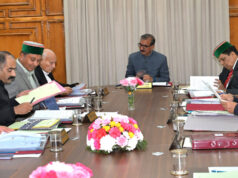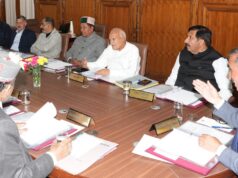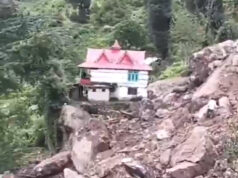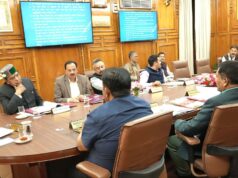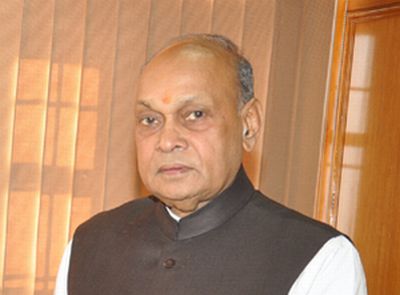Shimla: The Himachal Pradesh Cabinet has approved the implementation of FASTag at entry toll barriers, the establishment of new fire posts, and the creation of Jal Shakti Vibhag divisions to strengthen water management in the state. These decisions, taken during the Cabinet meeting on Saturday, aim to enhance digital toll collection, improve emergency response services, and expand water infrastructure in key districts.
In a step towards digitalizing toll collection, the Cabinet decided to implement the FASTag facility at entry toll barriers in a phased manner. In the first phase, the system will be introduced at Garamaura (Bilaspur), Parwanoo (Main) and Tiara Bypass (Solan), Govindghat (Sirmaur), Kandwal (Nurpur), Mehatpur (Una), and Baddi (Solan). The move aims to reduce congestion, enhance transparency, and streamline revenue collection.
Additionally, the government has approved an auction-cum-tender process for collecting entry tax for the financial year 2025-26, expecting an additional revenue of ₹11.56 crore compared to the previous year. The introduction of FASTag is expected to ensure hassle-free movement at toll barriers and prevent revenue leakage.
To strengthen fire safety measures, the Cabinet gave its nod to establish a new fire post at Nerwa in Shimla district. Along with this, 17 posts of various categories will be created and filled to ensure efficient functioning. The decision is expected to enhance emergency response services, particularly in fire-prone regions, and provide better disaster management facilities.
Jal Shakti Vibhag Divisions for Water Management
The Cabinet also approved the opening of two new Jal Shakti Vibhag divisions to improve water supply and irrigation facilities in the state. One division will be set up in Kangra district, while another will be established at Jagatkhana in Shri Naina Devi Ji assembly constituency of Bilaspur district. The necessary posts for both divisions will also be created and filled to ensure smooth operations. These divisions will focus on strengthening water infrastructure and ensuring better management of water resources in their respective regions.



